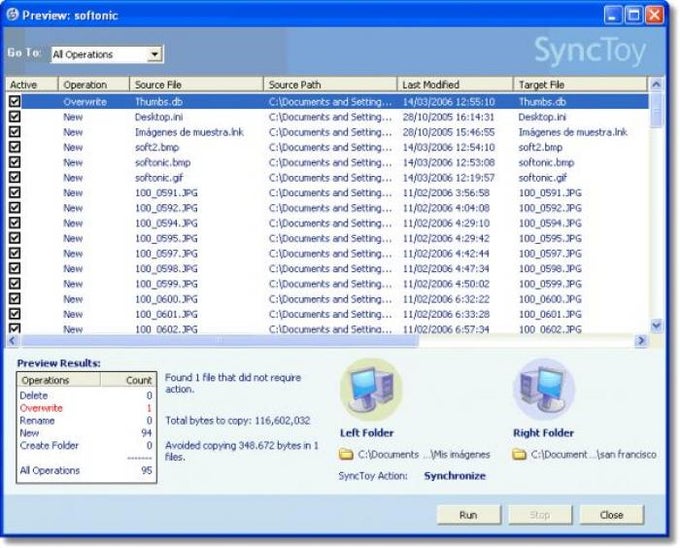
You can also use Create Synchronicity to create zip files of a sync for backup purposes. It is set up using two sync runs, one that captures only new folder and file additions, then mirrors it, and a second sync run that looks for changed files and places any found in dynamically created dated folders leaving the old copies in their original place in the archive.Ĭreate Synchronicity has its own scheduler, supports files size matching, time stamps, md5sum checking and copy validation, plus syncing to network drives. I use Create Synchronicity which supports dynamic folder creation for changed files. File corruption on E: gets propagated to F. You can then use this to build syntaxes that suit your own purposes and save those syntaxes to scripts or "reference" files you actually run your backups from.īTW, you may be pleasantly surprised at robocopy's speed. However, I suddenly have experienced a SyncToy issue - it locks up on a small folder of jpegs created after the Win 10 update.
#MICROSOFT SYNCTOY 2.1 REVIEW UPDATE#
I recently did a update to the latest and greatest Win 10. My suggestion would be to review this and just copy/paste out the specific options you want to a separate file. Jim B (MSP) wrote: I have been using MS SyncToy 2.1 on a Windows 10 machine for some time with no issues. Pretty much the entire documentation is included if you run "robocopy /?". Robocopy can be a bit intimidating due to the large number of options it has.

If I delete a file on e:, will it delete it on the target f ? Works great to sync up files to your backup drive. I will only copy new and changed files by default.

That will sync everything from the e:\photos directory to the f:\photos directory.

It's built into the OS and super easy to use.


 0 kommentar(er)
0 kommentar(er)
